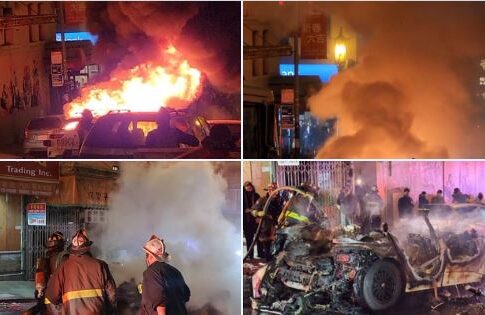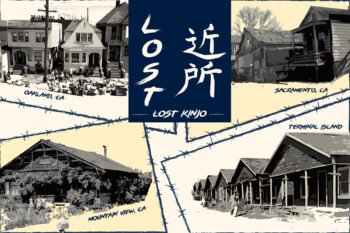Text and photos by Ariel Neidermeier
 In Tacloban, one issue continues to rear its ugly head in discussions about the relief effort in the city.
In Tacloban, one issue continues to rear its ugly head in discussions about the relief effort in the city.
A ‘No Build Zone’ has been identified where residents are banned from building new structures in the coastal barangays of the city. We often work clearing properties that fall just outside the zone. Legally All Hands Volunteers is not allowed to clear properties in the no build zone.
The ordinance, also known as the Philippine Water Code, was first passed in December , after international aid groups in Tacloban pressed the city government to implement a building code and long-term recovery plan for the city. The idea was to prevent a repeat of the damage caused by Yolanda (internationally known as Haiyan) by keeping residents from building homes too close to the shoreline.
The Department of Environment and Natural Resources (DENR) measured 40 meters from the coastline at high tide and declared the area within the “no build zone”. When you walk through the coastal barangays of Tacloban you can see the line the DENR marked on the ground in thick, white paint with the label “40 M”. There are also signs around the city announcing the line and the no build zone ordinance.
LATEST STORIES
The zone and its designation have been disputed from the start, particularly by residents of the coastal barangays and local fishermen who depend on living close to the water for their livelihoods. This tension is obvious. Many of the signs have been changed to read “Build Zone” rather than “No Build Zone” and protests against the ordinance occur periodically in the city.
barangays and local fishermen who depend on living close to the water for their livelihoods. This tension is obvious. Many of the signs have been changed to read “Build Zone” rather than “No Build Zone” and protests against the ordinance occur periodically in the city.
The stark reality is that the no build zone ordinance does not take into account the slowness of the relief effort in Tacloban. The people who are affected by the ban are also those who suffered the worst damage from Yolanda. Many of them live in the San Jose district of the city, also known as “Tent City” because temporary tents line the coastline right in the bounds of the so-called no build zone. Most of the  residents of Tent City are waiting to be moved to bunk houses or other temporary housing before they will be moved to permanent housing in other barangays. But six months have passed since the storm and they continue to live in flimsy tents. If they are not moved by June, then they will continue to live in makeshift tents through the rainy season in the Philippines.
residents of Tent City are waiting to be moved to bunk houses or other temporary housing before they will be moved to permanent housing in other barangays. But six months have passed since the storm and they continue to live in flimsy tents. If they are not moved by June, then they will continue to live in makeshift tents through the rainy season in the Philippines.
Essentially, these people have been homeless since the storm. The city is asking them to leave the land they call home but are not providing them any alternative short-term or long-term housing. So until the city or national government can provide land for these people to move to, they have no right to ask them to stop rebuilding their homes.
I agree that the city needs to determine a sustainable living plan for the people of Tacloban, but drawing a line a mere 40 meters inland does not take into consideration the fact that many parts of city that were half a mile (about 800 meters) inland still suffered devastating damage from the surge. That said, I think that the line is an arbitrary, wasted effort to establish a long-term recovery plan for Tacloban.
(Note from the editor: You can follow catch up with all of Ariel’s blogs on her volunteer journey of giving a Helping Hand for the Philippines here.)







